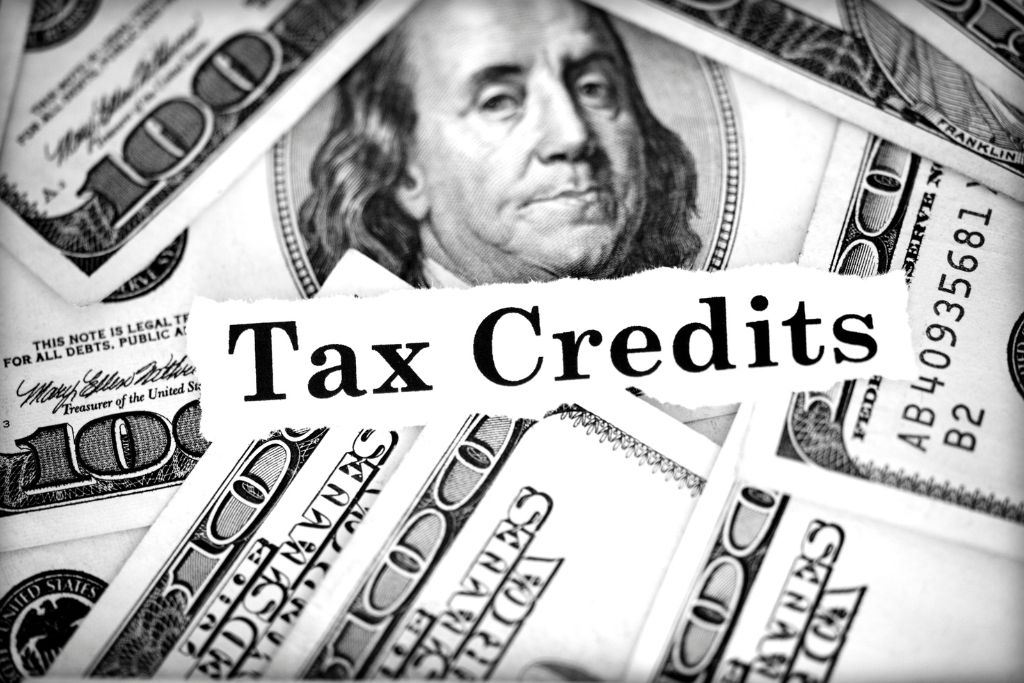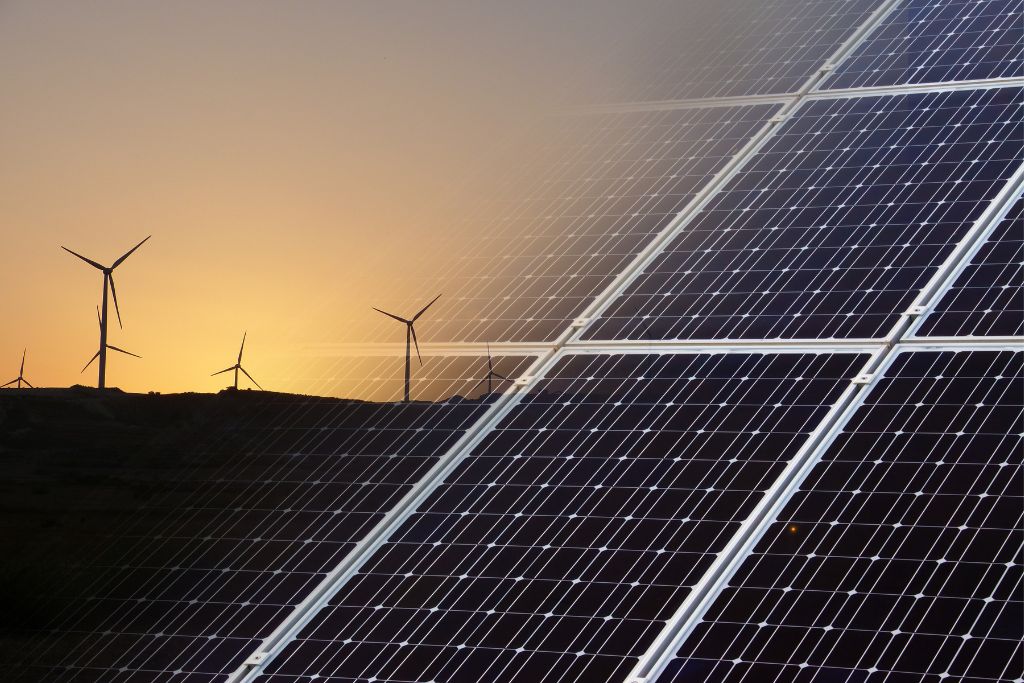Solar tax rebates are a great way to save money on solar energy installations. There are many solar tax rebates, including state and federal tax credits and commercial and other incentives. So how do you know if you are eligible to receive these rebates?
Federal solar tax credit
The Federal Solar Tax Credit incentivizes homeowners to install solar panels. It helps with the purchase of the system but also saves money on taxes.
The credit is worth 30% of the cost of the PV system, which means you can get a tax rebate of $6,000 or more if you have a $25,000 system. To claim the federal solar tax credit, you should fill out IRS Form 5695, which is available online. You can either file a new tax return or ask for a refund if you forget to claim the credit.

You can carry over any of your remaining credits to the following year. But if you can’t claim the whole amount, the rest will be added to your federal income tax bill for this year.
The solar investment tax credit has been a boon to homeowners, though it was initially scheduled to end in 2007. A new law, the Inflation Reduction Act of 2022, has extended the tax credit until 2034.
State solar tax credits
If you’re planning on getting a solar power system, you might want to consider the available state solar tax credits. These are not the same as the federal investment tax credit, but they do work to lower your overall taxes.
Several states offer rebates, exemptions, and sales tax exemptions to encourage the purchase of a solar system. In some cases, these incentives are limited to a specific size of the system. Some states even give a percentage of the total cost back to the homeowner.

The federal investment tax credit is also available to the general public. This incentive is a great way to get credit for a certain dollar amount. For instance, if you bought a system worth $1,000, you could take a $1,000 credit. You could then subtract the $1,000 from your tax bill.
One of the benefits of the ITC is that it covers a lot of the labor costs involved in the installation. This includes the on-site preparation, inspection, and assembly of the system. It also covers developer fees.
Commercial solar tax credits
The federal government offers two tax incentives for commercial solar projects. One is the Investment Tax Credit, and the other is the Production Tax Credit. Each can be claimed once for each qualified property.
As the name implies, the credit reduces the amount of income subject to tax. The credit is awarded in proportion to the cost of the property. For example, a PV system with a cost of $1,200 would qualify for a credit of $240.
There are other elements of the project that may also qualify. These include the purchase of equipment, installation, and other parts of the project.

The Investment Tax Credit for commercial solar projects remains at 26% through 2021. The rate decreases to 10% in 2024.
The Production Tax Credit (PTC) is a tax incentive for manufacturers of clean energy equipment in the U.S. It covers a range of solar products, including photovoltaic cells, electrode active materials, structural fasteners, torque tubes, and wind energy components.
Other renewable energy incentives
If you’re considering investing in renewable energy, there are several tax incentives you may be eligible for. These include property tax deductions, sales tax exemptions, and tax credits. You’ll also want to look into any grants or loans available for new solar arrays.
Many states have created incentive programs for renewable energy. For example, Rhode Island offers a “solar grant program” that pays $0.85 per watt to new solar owners. In addition, New Hampshire has a program that pays $0.20 per watt for up to $1,000 worth of solar energy equipment.
There are also federal tax incentives available for renewable energy. They include the Renewable Electricity Production Tax Credit, the Modified Accelerated Cost Recovery System, and the Investment Tax Credit.

Solar energy is a popular way to cut your electricity costs, and it’s a great way to help the environment. The Department of Energy’s Solar Energy Technologies Office (SETO) offers a variety of solar grants.
Another incentive is property-assessed clean energy, a financing option for consumers who invest in clean energy improvements. This type of credit attaches a repayment obligation to a residential property.

